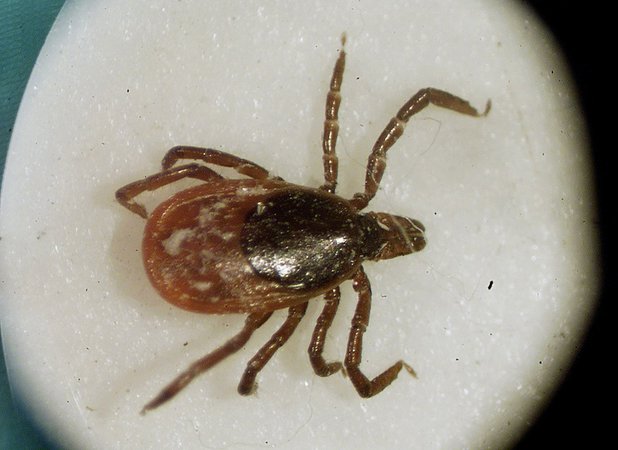
Climate change is driving a rise in tick-borne diseases. Here’s what to know.
TORONTO — A warming climate is driving a rise in Lyme disease and the introduction of lesser-known tick-borne diseases, public health specialists say.
“Climate change in Canada is happening at a much more accelerated rate than we see in parts of the rest of the world,” said Heather Coatsworth, chief of field studies at the National Microbiology Laboratory in Winnipeg.
“Ticks, which are eight-legged organisms, but general bugs, all require a certain amount of heat and humidity to complete their life cycle,” she said.
Ontario, Quebec and Nova Scotia continue to be the hot spots for blacklegged ticks, which can carry bacteria, parasites and viruses that cause disease in humans — but the changing climate is allowing the tick population to grow in other parts of the country, including Manitoba, Saskatchewan, Alberta and British Columbia, Coatsworth said.
